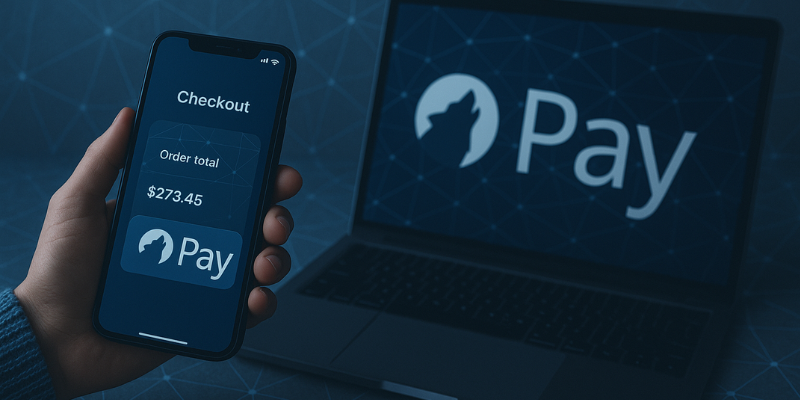
Enterprise teams are now distributed across cities, countries, and time zones. Content workflows no longer depend on shared office networks—they operate through cloud-based systems accessible from anywhere. As a result, the access points to enterprise CMS platforms have multiplied, each one representing a potential vulnerability.
Remote access increases exposure to credential theft, unauthorized logins, and policy misconfigurations. Personal devices, unsecured connections, and inconsistent role assignments create gaps that attackers can exploit.
Maintaining security without obstructing daily work requires precision. Usability must coexist with structured controls, clear permission hierarchies, and a consistent approach to authentication. When remote CMS access is treated as a critical extension of enterprise infrastructure, risks can be reduced without disrupting operations.
Remote access introduces multiple vectors that attackers can exploit. Credential theft remains one of the most common entry points. Phishing emails, fake login pages, and credential stuffing campaigns specifically target CMS platforms, especially when password hygiene is weak or MFA is missing.
Remote users often rely on personal devices and home networks, many of which lack enterprise-grade security. Without proper isolation, malware or keyloggers on these devices can silently harvest login credentials or intercept traffic to the CMS.
Misconfigured roles and overly broad permissions present another serious risk. When users are granted access beyond their actual responsibilities, such as a contributor with admin privileges, one compromised account can impact the entire site. Regular audits and clearly defined access boundaries are essential to reduce exposure.
RBAC organizes CMS access by clearly defining what each role is responsible for. Editors manage content, developers maintain functionality, and administrators oversee system settings. Each role should have a precise set of permissions based on actual responsibilities.
Instead of grouping users under overly broad categories, assign the minimum level of access required to perform their tasks. This limits exposure and isolates potential risks to specific segments of the system.
Access structures are not static. Roles should be reviewed regularly, especially after staffing changes or platform updates. Periodic audits help identify unnecessary privileges and correct misalignments between user roles and their access rights. This keeps permission sets aligned with both operational needs and security standards.
Access to an enterprise CMS should start with identity verification that matches the organization’s security posture. Multi-Factor Authentication (MFA) adds a second layer of defense, making credential theft significantly harder to exploit. A password alone is never enough; MFA is essential for any remote-access environment.
Single Sign-On (SSO) reduces friction across platforms by linking CMS access to enterprise identity providers like Azure AD or Okta. It centralizes control, simplifies user lifecycle management, and keeps credentials aligned with organizational policies.
Session management closes common gaps in remote workflows. Idle users should be logged out automatically after a defined period. Session expiration policies and re-authentication prompts help prevent unauthorized access from unattended or shared devices.
A secure remote access setup reduces exposure and maintains control over who interacts with the CMS and how. It acts as the technical foundation that supports distributed access without sacrificing integrity.
These controls work in parallel to isolate critical CMS operations from general internet exposure while keeping access friction low for approved users.
Visibility into CMS activity is critical for securing remote access. Every admin action and content change should be logged in real time, including plugin updates, user modifications, and permission changes. These logs must be tamper-proof and retained in line with internal audit policies.
Set up alerts for access anomalies, logins from unexpected locations, timeframes, or device fingerprints. Automated detection of such patterns helps isolate threats before they escalate.
A defined incident response playbook should cover actions for account compromise, credential exposure, or suspicious behavior. This includes isolating affected sessions, resetting credentials, notifying security teams, and conducting post-incident reviews. Clear protocols accelerate containment and support operational continuity.

Security begins with people. Every remote team member should be introduced to clear CMS access protocols from day one. This includes login procedures, device hygiene expectations, and how permissions are managed within the system.
Training isn’t a one-time effort. Remote teams should regularly refresh their awareness of phishing tactics, safe password habits, and how identity-based attacks often begin. Sessions should be direct, practical, and relevant to the roles involved, especially for content creators and administrators handling sensitive updates.
Building a secure culture means removing hesitation around reporting. If someone notices unusual access behavior or believes their credentials may be at risk, they need a clear path to speak up without repercussions. Quick reporting helps contain threats early and keeps the system accountable.
Culture sets the tone. Clarity, consistency, and approachability in security practices create habits that technical safeguards alone can’t replicate.

Ik ben Sabrine, een gepassioneerde schrijver met een brede interesse in diverse onderwerpen. Van lifestyle tot technologie en van cultuur tot actuele gebeurtenissen, ik geniet ervan om diepgaand onderzoek te doen en mijn bevindingen op een heldere manier over te brengen. Het schrijven stelt me in staat om steeds nieuwe kennis op te doen en deze te delen met een breed publiek. Ik streef ernaar om mijn lezers te boeien en te informeren, altijd met oog voor detail en een frisse blik. In mijn artikelen probeer ik complexe onderwerpen toegankelijk te maken en te inspireren tot nieuwe inzichten.
Overige artikelen